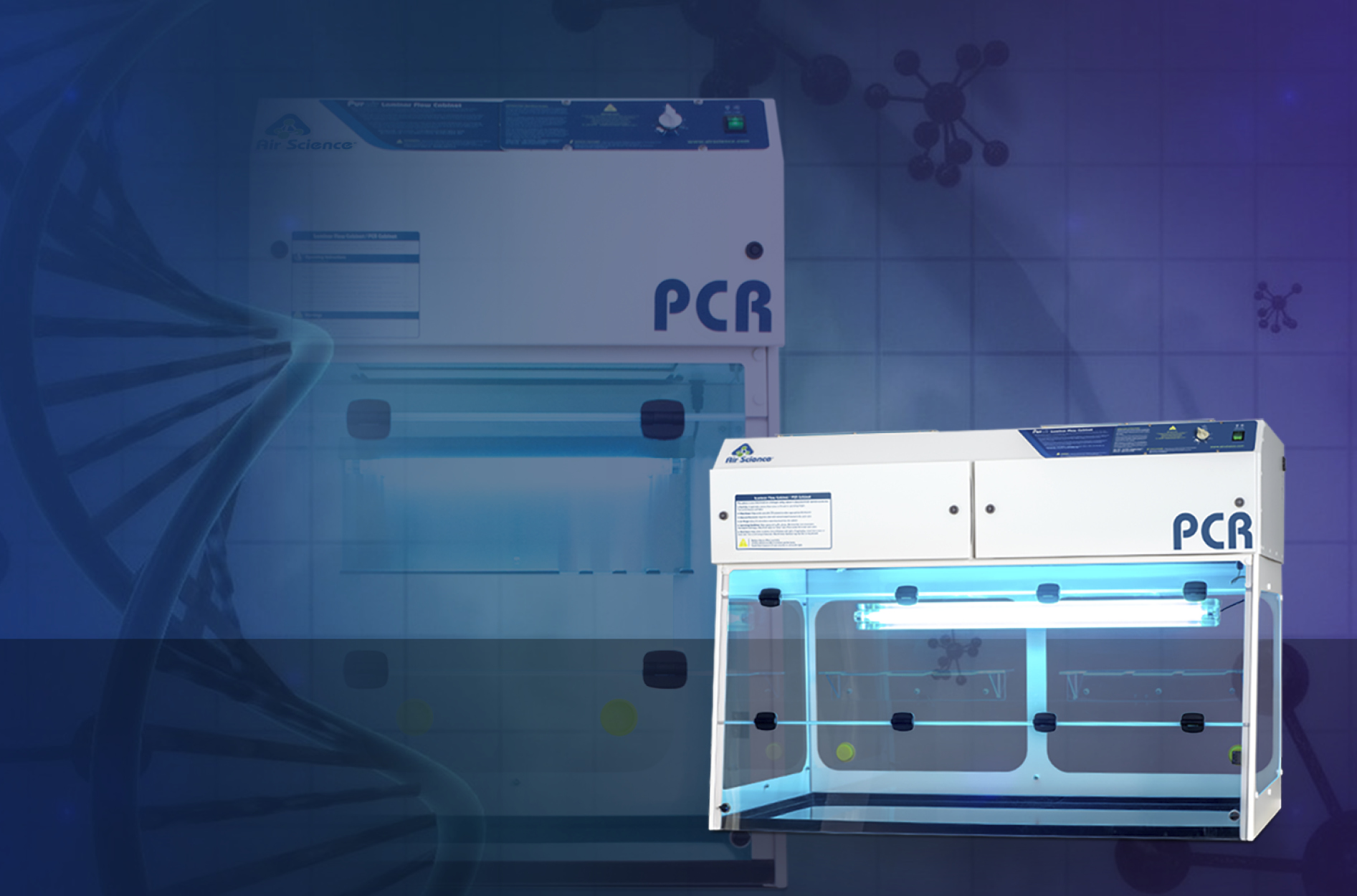
The importance of contamination control in PCR amplification cannot be overstated. This is because even trace amounts of DNA from the external environment may lead to inaccurate results that can corrupt the outcome.
Common Sources of Contamination in PCR
PCR contamination can be caused by a variety of sources, including airborne particulates, inadequate surface decontamination and preparation, and improperly handled samples. Airborne particulates can originate from people, animals, or other sources in the laboratory environment. In addition to these external sources of contamination, trace amounts of DNA introduced from the ambient environment can result in the amplification of foreign material, distorting the results.
Controlling PCR Contamination
Minimizing contaminants is critical when it comes to ensuring reliable results in PCR amplification. In addition to adhering to good laboratory practices, integrating a laminar flow cabinet for use with PCR instruments, such as thermal cyclers or thermocyclers, can help protect samples on the work surface from a variety of outside sources.
The use of the Air Science® Purair™ PCR Laminar Flow Cabinet or hood is a proven method to ensure contamination control during PCR amplification. It provides a sterile work zone for aseptic techniques. This PCR hood creates a laminar airflow with HEPA filtration designed to protect specimens in the work zone from particulate contamination. This airflow is uniform in both velocity and direction.
The Purair PCR hood uses a HEPA filter with 99.97% efficiency for 0.3 micron particulates. Our PCR workstations are also equipped with a germicidal UV lamp that creates light emission conditions proven to provide safe decontamination. Finally, its ergonomic design increases user comfort, making it easier to follow good laboratory practices throughout working hours.
The Benefits of a PCR Workstation
PCR contamination is a major issue that can lead to inaccurate and unreliable results. Regardless of the source, contamination leads to the amplification of competing, nonspecific products. To ensure accurate and reproducible results every time, it is essential to take extra precautions in the laboratory to control contamination during PCR amplification. Using a Purair PCR Laminar Flow Cabinet helps minimize contamination risks so you can achieve more accurate and reproducible results in your PCR Amplifications.
Learn more about Air Science PCR Laminar Flow Cabinets.